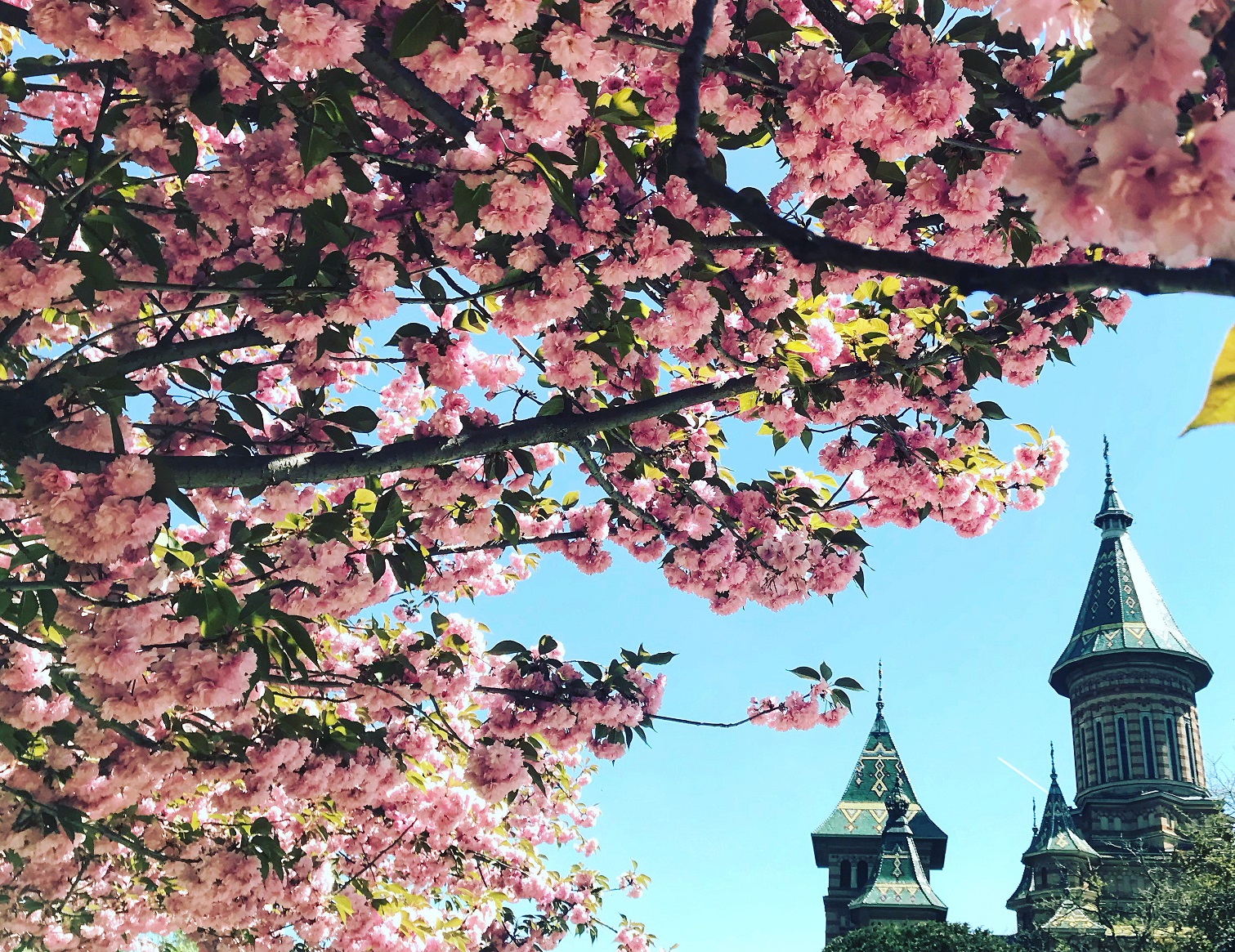
Are you spending 5 days in Timișoara? There is enough time for the city to reveal some of its secrets, while you wander far and wide and even cross its borders.
<>
Victory Square
This is the largest square in Timisoara and it is considered the center of the city. The place was once covered by the walls of the Habsburg fort. From the existing buildings, only the Opera House dates back from 1875. The rest of the constructions were erected after 1912, when the defensive walls were completely demolished. The Romanian Orthodox Cathedral, the second tallest church in Romania, was built between 1936-1941.
The name of the square is related to the events that took place here in 1989. On the 20th of December 1989, the city was already counting the first martyrs of the Romanian Revolution. Thousands of people gathered in the center, listening to the liberation speeches given from the Opera balcony. The city was declared free of communism. Facing the Cathedral, the assembly then started praying in one voice. This is inarguably one of the most impressive moments in the city history.

A night out at the theatre
This will make you raise your eyebrows, but Timișoara is the only European city to have national theatres in three different languages: Romanian, German and Hungarian. The three institutions are hosted by The Palace of Culture in Victory Square.
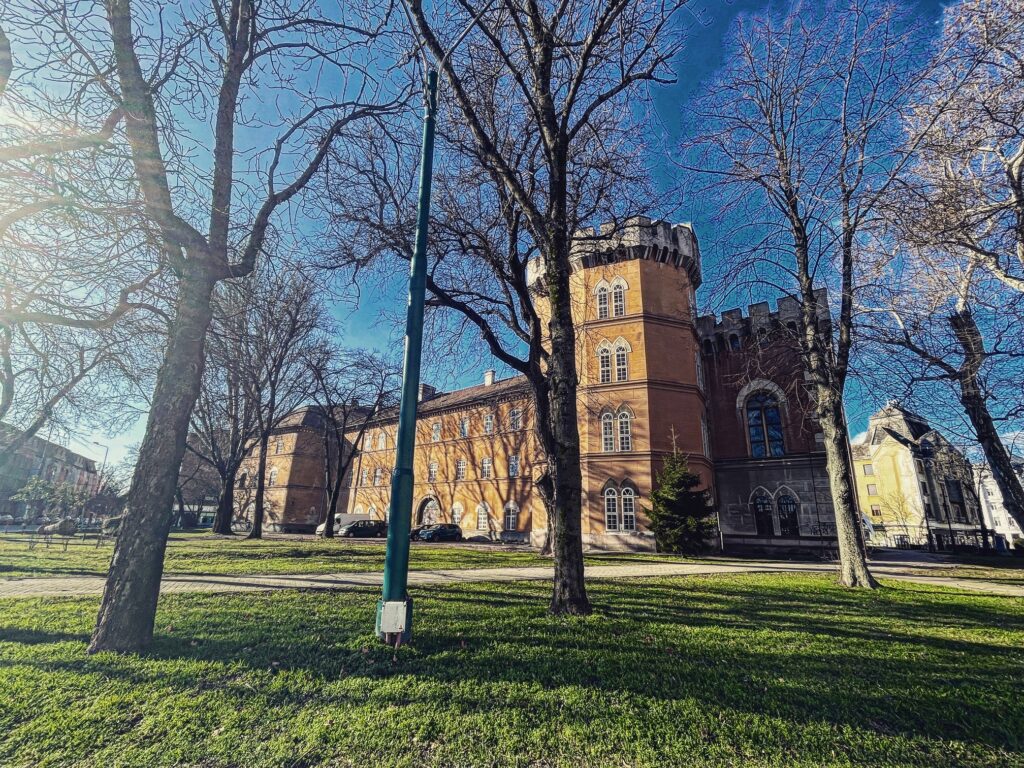
The Huniade Castle
Check out this massive building that will transport you back to the Medieval times. Even if its current appearance is relatively new (1856), it stands on the print of the Medieval castle of Carol Robert de Anjou. The building is under renovation and can only be admired from outside.
<>

Union Square
Most of the people say this is the most beautiful place in Timisoara. This baroque square dates back to 1733 and follows the architectural plans of the Habsburg administration of that time.
The Roman Catholic Cathedral, also known as Dome, is the oldest building in the square (1736-1774). On the opposite side, was later built the Serbian Orthodox Cathedral. The Plague Column in the center (1740) reminds people of the plague epidemic that devastated the region of Banat, between 1731 and 1738.
The name of the square comes from the popular assembly that took place here in 1919, when the union of Banat with Romania was established.
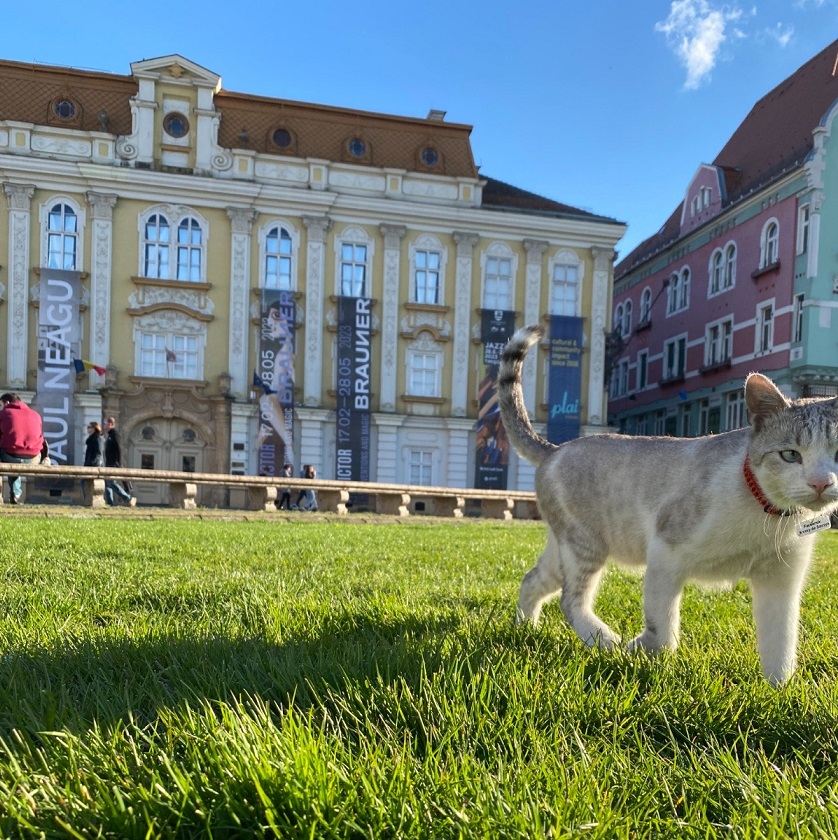
Art exhibitions
The Baroque Palace in Union Square hosts the exhibitions of the Art Museum of Timisoara. The building, meant to reflect the power of the Habsburg Imperial dinasty, was erected in the 18th century, it was extended and underwent various renovations until it got the current look.
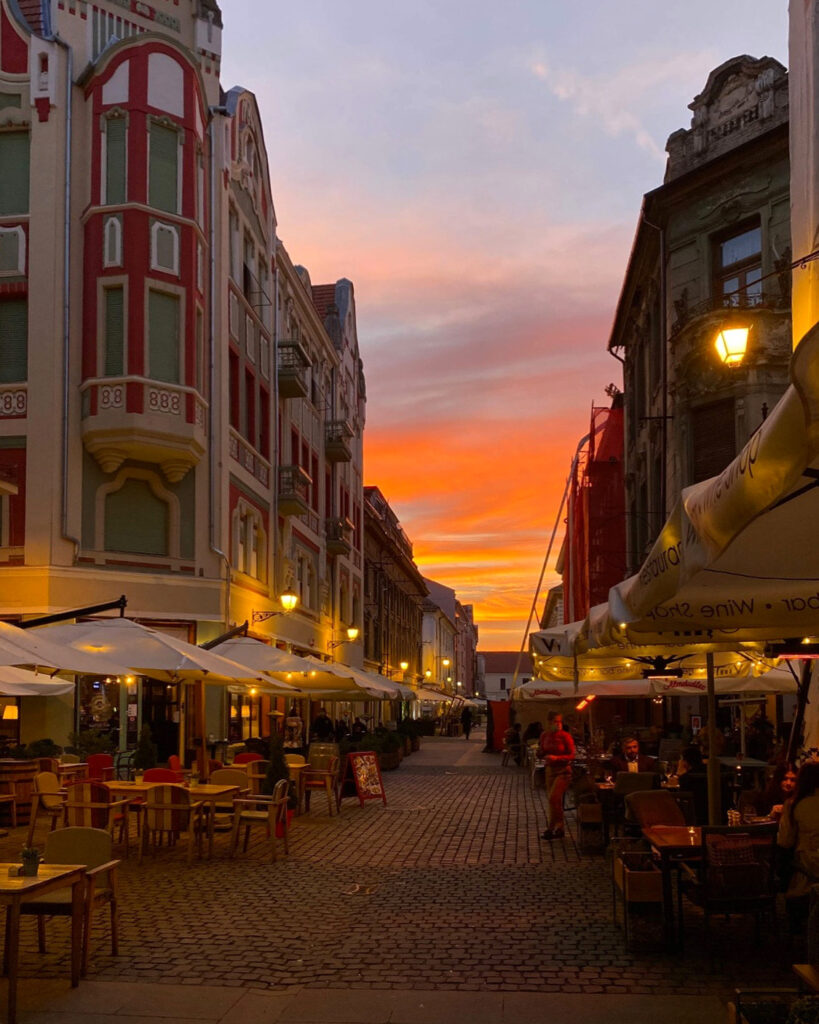
Restaurants, bars, coffee shops
Get lost walking the streets between the Union Square and the city center. They are car-free and full of restaurants, bars and coffee shops. The perfect spots to relax or to have fun.
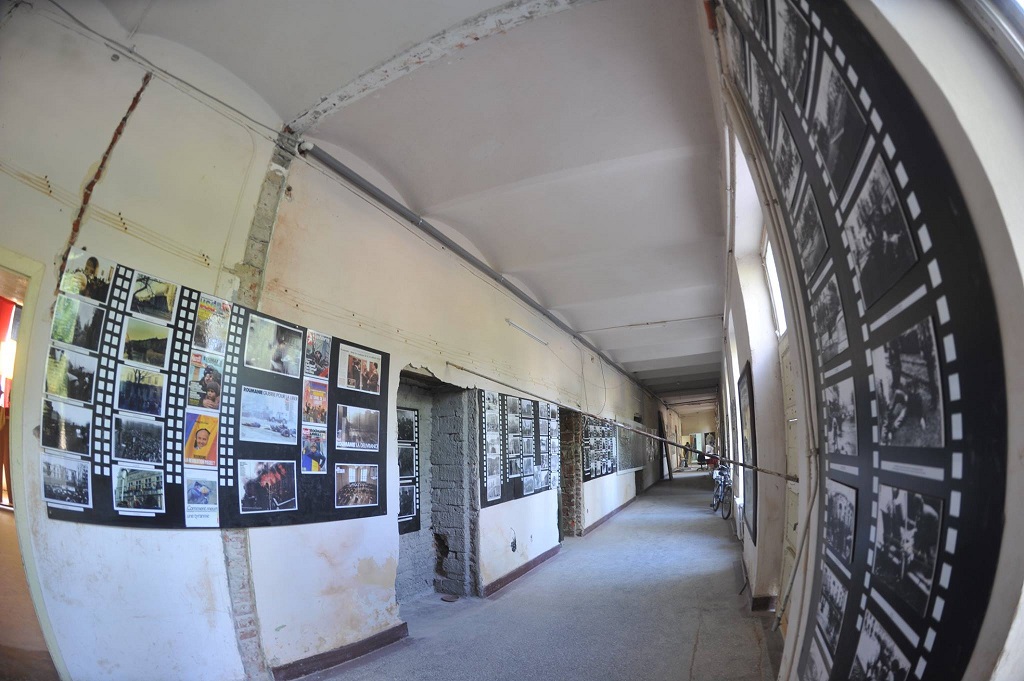
The 1989 Revolution Memorial
A visit here is important for the ones trying to understand the Communist regime and the importance of the uprising that brought the end of 42 years of Communist rule in Romania. Timișoara is where the 1989 Revolution in Romania started.
Foto source: Facebook Memorialul Revoluției

The Old Fort Walls
Located near the Union Square, the Theresia Bastion is the only one that still exists from the old Austrian citadel. The fortification began in 1732, right here, the bastion being named in honor of Maria Theresa of Austria. Today, the bastion houses restaurants and bars.
<>
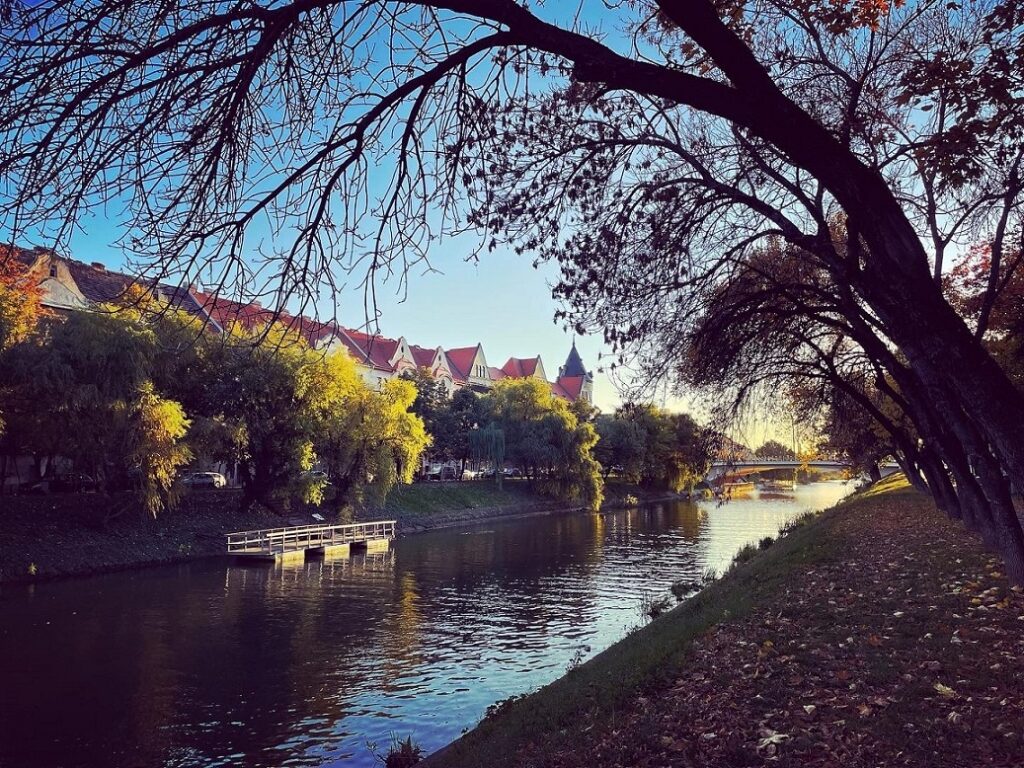
The Bega Canal
The history of the Bega Canal starts in 1728. The first Governor of Banat, Florimund Mercy ordered for a canal to be dug to collect the waters of the swamps surrounding the city. It took a few decades of manual hard work to finish the 114 km long canal that runs on the territories of nowadays Romania and Serbia.
The Bega Canal is also responsible for two of the records held by the city of Timișoara. It is the first navigation canal built on the present-day territory of Romania and the first one used for the public transport on water (1869).

Bike tours
Try the bike trails along the Bega Canal. A bike ride along the two banks will take you throughout some of the oldest parks in Timișoara: Scudier Park, Justice Park, Roses Park, Children’s Park, Queen Mary Park and Water House Park.
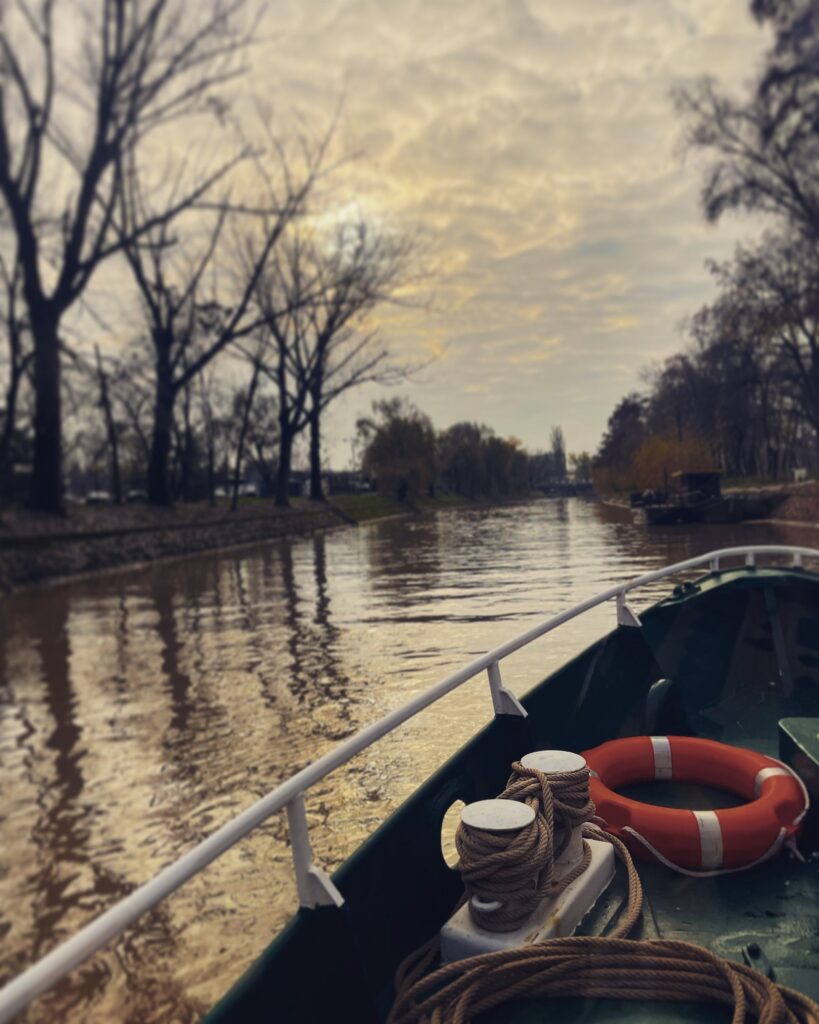
Boat tours
You can navigate the city from one end to the other, at cruise speed, sipping the tranquility of the Canal banks. From March to early December, seven boats known as Vaporetto run between Sânmihaiu Român and the Water Castle.
For a memorable experience on water, follow the events and parties held on Pelicanul.
<>
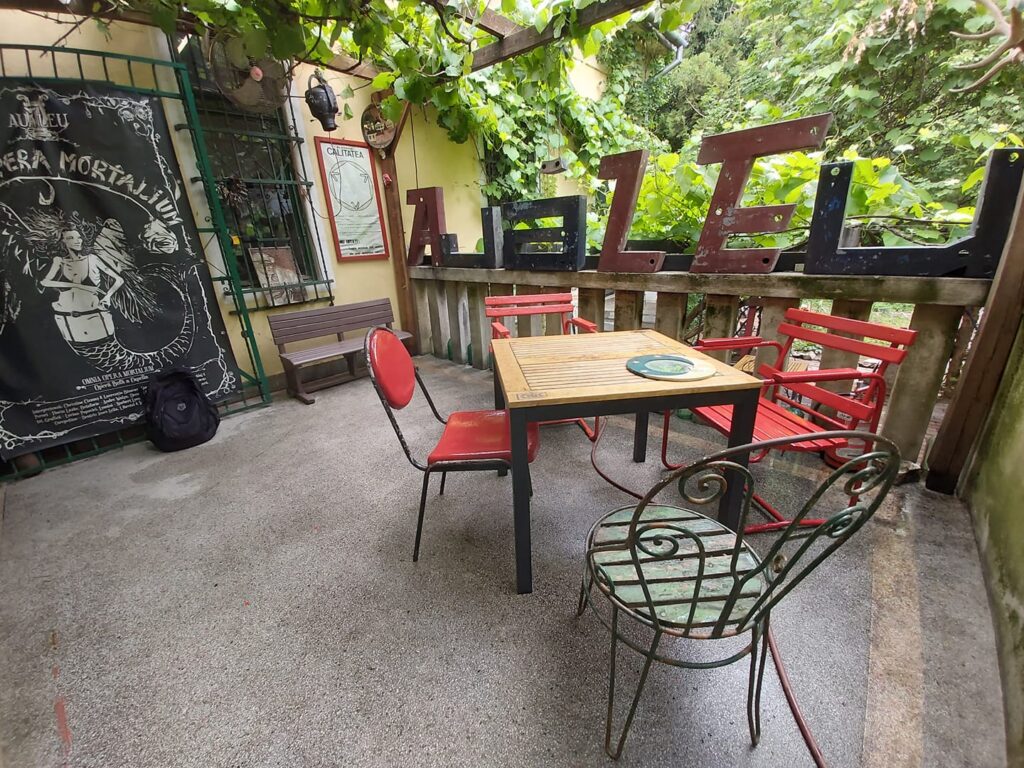
Museum of the Communist Consumer & Auăleu Theatre
They are both located at walking distance from the city center, in the historic neighborhood known as Elisabeth Quarter. The Communist Consumer Museum resembles a household of the communist era, with its rooms and the objects commonly used at that time. The museum is a unique experience and a must for the ones that never experienced life in a communist country.
The same old building houses the only independent theatre in Timișoara: Auăleu Theatre. Book tickets in advance, the shows are usually sold out: https://www.facebook.com/aualeu.teatru/
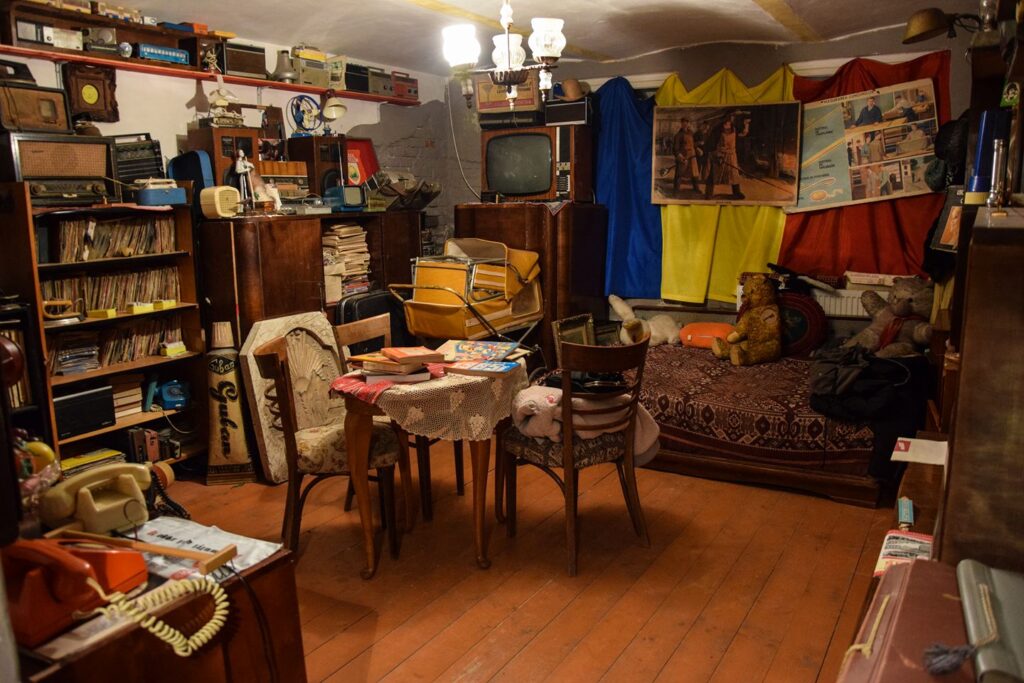
Museum of the Communist Consumer
You will find here all the objects commonly used in the communist time, ranging from toys in the children’s room, to kitchen utensils, hygiene products, old TV or radios.
Foto source: Facebook, Muzeul Consumatorului Comunist
<>

Queen Mary Park and Traian Square
The first public park in Timisoara was located on the left bank of the Bega Canal. It is nowadays known as Queen Mary Park. Established between 1849-1861, it followed the plans of Volksgarten, the first public garden in Vienna. The fence surrounding the park dates back from 1910. Franz Josef included this park on his itinerary when he visited Timisoara for the Industrial Exhibition of Banat, in 1891.
A smaller replica of the Union Square, Traian Square is almost as old as the first one. It was once the heart of Fabric, the neighborhood that grouped the industry of Timisoara. Built between 1745-1755, the baroque church of St George is the oldest building in the square.
Some of the palaces were restored (Monkey House or Stefania Palace), others even more beautiful wait for their turn (Mercury Palace).

The Millenium Church
Between the Queen Mary Park and Traian Square, you will notice an impressively massive brick church. It is called Millenium, is it indeed the greatest Roman Catholic church in Timișoara and its construction began in 1896, the 1000 years anniversary of the Hungarian state.
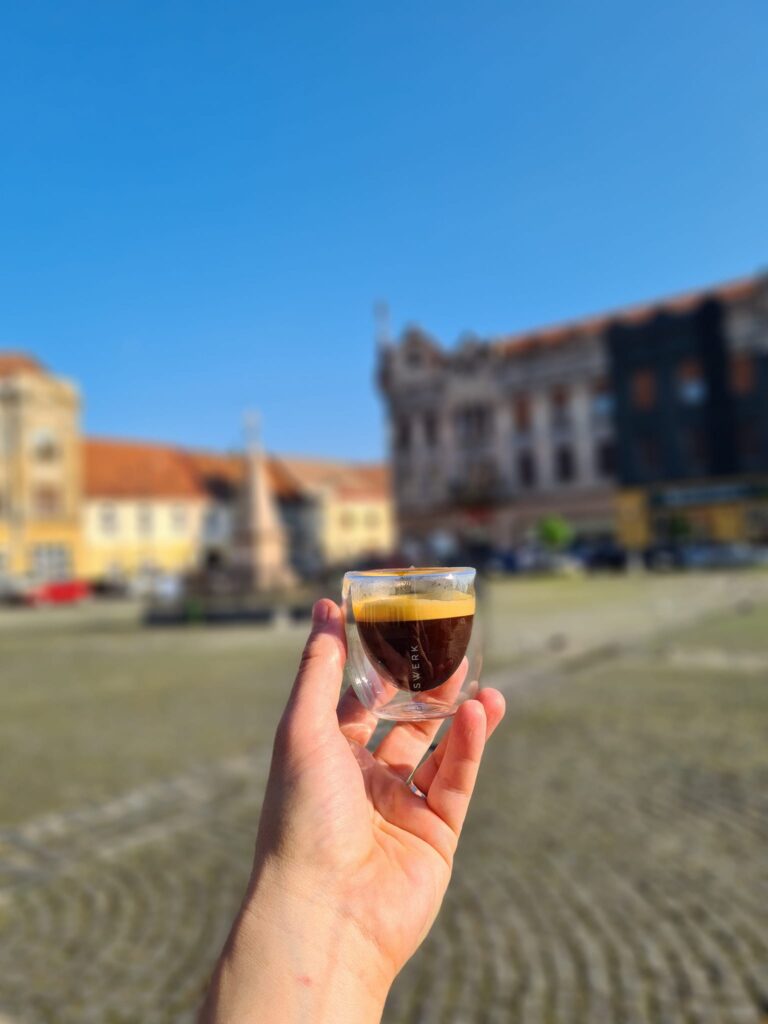
Coffee in Traian Square
Neglected for a long time, Piața Traian is slowly returning to the lively place it was a century ago. Enjoy a coffee at one of the coffee shops in the area and imagine how beautiful everything will be completely renovated.
Foto source: Facebook, AMPM.fabric

The Beer Factory
Timișoara can boast of one of the first breweries in Romania. Right in its premises, there is a restaurant with a Romanian specialty, where an unfiltered beer is also worth serving. The location is only a ten-minute walk from the Traian Square.
Foto source: Facebook, Curtea Berarilor Timișoreana – La Fabrică
<>

Iulius Town
A fifteen minutes walk from the Union Square lies the most important Mall in Timisoara. With 450 shops, it is the largest retail area outside Bucharest. It also consists of office buildings, apartment buildings, restaurants, parking places and a vibrant park with a small lake.
The ones that enjoy sports can take advantage of the swimming pool and the fitness center located here. The cinema supports 3D technology and offers also VIP experience with dinner and movie night.
Foto source: Facebook, Iulius Town Timișoara

Fairs, exhibitions and concerts
The gardens of the Iulius Town often host fairs, exhibitions and concerts.
Foto source: Facebook, Iulius Town Timișoara

The Tools Museum
A private museum in Timișoara, worth visiting, is located near Iulius Town. Marvel here at over 20,000 tools from all fields. Try to guess what they were useful for and prepare to be surprised.
Foto source: Facebook, Muzeul Uneltelor
<>

The Water Museum
Timișoara’s first water plant, best known for its spectacular UFO shape, recently opened its doors as a… Water Museum. The complex of buildings dating back to 1914, the creation of Timisoara’s prolific chief architect, László Székely, has been completely renovated and is well worth a visit. The location is in the southern area of Timișoara, far from the center, and is surrounded by a carefully preserved green area.

Guided tours, workshops and activities for children
Young and old visitors can learn the story of the water, of history the monument plant, they can participate in educational activities, workshops and shows.
Foto source: Facebook, Muzeul Apei Timișoara
<>

The Green Forest and the Banat Village Museum
Planted in the second half of the 19th century, in the northeastern part of Timișoara, the Green Forest is still considered the lung of the city. It includes various specimens, some even secular, of oak, ash or maple. It is crossed by footpaths and cycle paths. The Bănățean Village Museum was set up near it.

The Banat Village Museum
In addition to the historic houses brought from the various rural regions of Banat, unique here is the reconstituted civic center of the Town Hall, Church, School, National House and pub. A corner of the ancient village, accessible to visitors.
<>
Badea Cârțan Market & Ocsko Flavia
Romanian fruits and vegetables have a special taste, so it’s worth making a trip to the market if you’re in Timișoara in the summer or early fall. Badea Cârțan market is a 30-minute walk from the central area. You’ll find local producers and fresh produce here. In the past, the Hay Market was located in the same place.
Flea markets are a popular destination all over Europe. Ocsko Flavia in Timișoara awaits its visitors every weekend, with new and old clothes, vinyls, paintings, furniture and vintage electronics, but also with export food, cosmetics or hygiene products. For those who are patient enough, real treasures can be hidden in the talcioc offer.